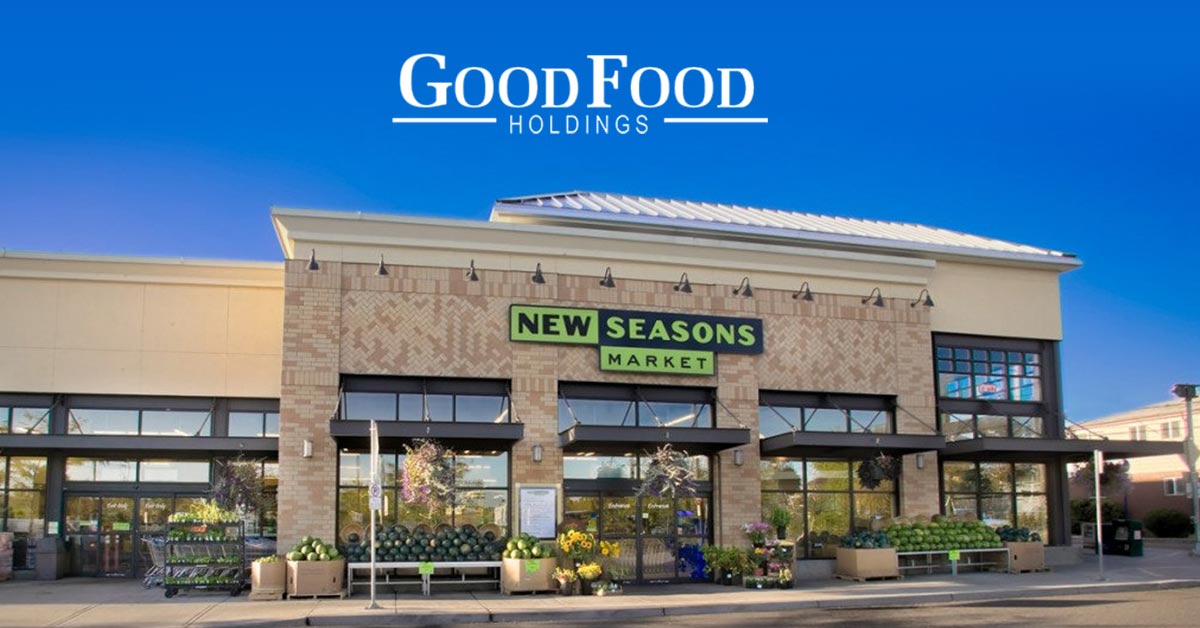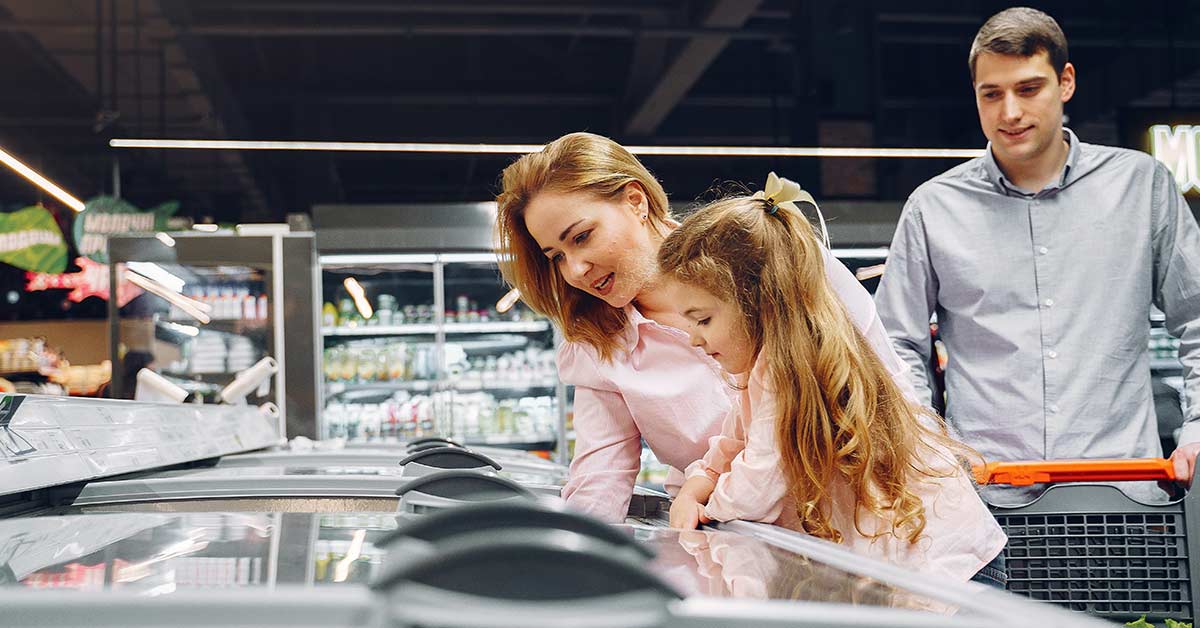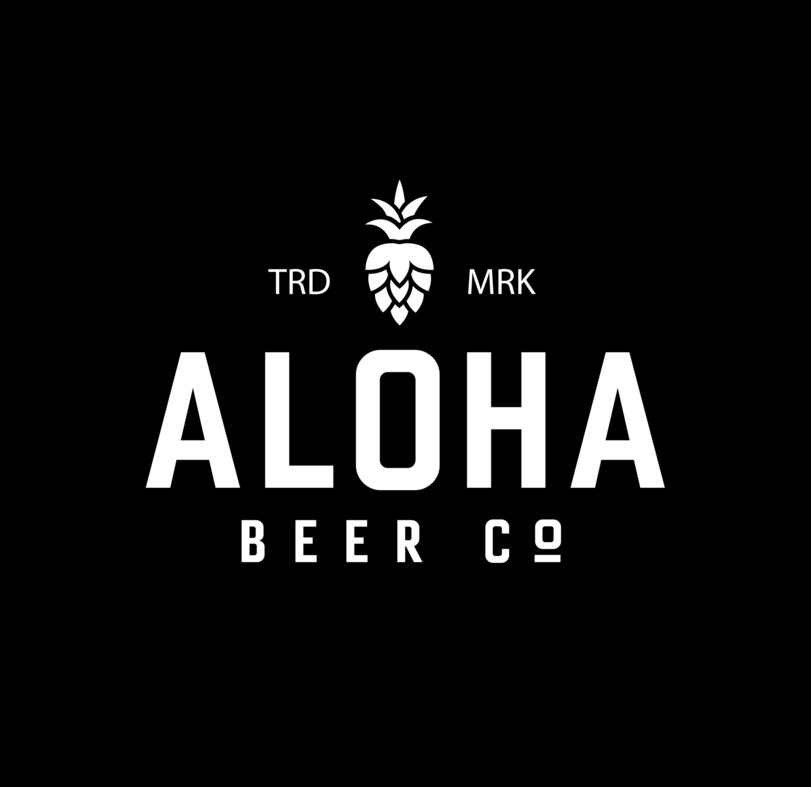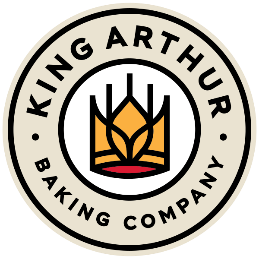Retail: Good Food Holdings Envisions Grocery’s Tech-Powered Future

For Bristol Farms shoppers, the future arrived fast – even if it was running late.
Prior to 2020, the California natural retailer had largely laid out its stores the old fashioned way, lacking even the self-service checkout lanes that have become a staple throughout the grocery industry for decades. But amidst widespread uncertainty and fear during the early days of the COVID pandemic, Good Food Holdings – the parent company of Bristol Farms – moved to quickly add self-checkout systems to all of its stores.
According to Good Food CEO Neil Stern, the process took about 18 months and millions of dollars to complete. But it has kicked off a bold new era for the company, which is now outpacing some national retail chains in its adoption of new in-store technology at all five of its banners – including Lazy Acres, New Seasons, New Leaf Community Market and Metropolitan Market – adding amenities like digital item tags, smart shopping carts, and apps with A.I. capabilities.
“For a baseball analogy, we’re in the second inning,” Stern said, discussing the holding company’s “connected store” vision for its grocery chains. “Our goal is not about the technology, our goal is about how you bring the elements of a great online experience into a store.”
Smart Carts Roll Out
Though focused solely on the U.S. market, Good Food Holdings is owned by South Korean discount store chain E-Mart, picked up in 2018 in a deal valued at $270 million. At the time, Good Food’s portfolio included Bristol Farms, Lazy Acres and Metropolitan Market; Portland, Oregon-based New Seasons Market and New Leaf were added in 2019, closing the merger in February 2020 on the cusp of COVID hitting the U.S.
Stern told Grocery Dive last year that Good Food had in some stores begun testing new Caper smart carts, featuring Instacart-powered built-in touchscreen tablets that can scan items as consumers shop, allowing them to preview the total price of their basket, find deals and manage shopping lists.
Speaking to Nosh today, Stern said the company is now looking at new ways to make the most of the technology – including recipe recommendations that can point consumers to other items in the store and even additional revenue lines from advertising, suggesting consumers may be open to watching or viewing ads during their shopping trips if they’re getting additional savings or other optimization options in exchange.
“What are the benefits that the customer is going to get?” Stern said. “If they get enough benefits, maybe that ad from General Mills is okay if it’s coupled with benefits that I care about.”

The company is aware ads wouldn’t necessarily be welcomed by many shoppers, Stern said, but he believes there’s a way to introduce them to the shopping experience that won’t “detract or force consumers away.” As the connected store vision aims to further blur the line between brick-and-mortar and ecommerce shopping, ads – which are widely accepted as a normal part of the online experience – could be properly implemented, but Good Foods, he added, is still figuring out how to do so “in a thoughtful way.”
While shopping cart commercials aren’t a part of the Bristol Farms or Lazy Acres experience yet, Stern said early adoption of the tech has been received well by Good Foods’ consumers, with the ability to tally the running cost of the basket proving to be the most popular feature.
Beyond the cart, Good Foods is also integrating grocery tech company Sifter’s mobile app as an optional addition to its in-store experience. The app allows shoppers to look up items in real time in order to check attributes (such as gluten-free or keto-friendly). Another potential future concept would connect the app with digital item tags that light up on-shelf so consumers can easily find them.
Adding ChatGPT and other A.I. programs is also something Good Foods is considering, with Stern suggesting it could make the automated recommendation system more engaging and welcoming for shoppers.
Growing in Grocery
Embracing grocery tech is also a growing requirement to stay competitive, as Amazon and other chains similarly move to introduce their own cutting edge in-store tools. Earlier this year, Whole Foods stores in the San Francisco Bay Area introduced smart carts of their own. However, not all new tech has panned out – this month Amazon announced it is ending its Just Walk Out system at its Amazon Fresh stores, which allowed consumers to bypass the checkout by having scanners automatically charge groceries to their Prime accounts. However, media reports suggested that the system was faulty, and a majority of purchases had to be reviewed from video by human agents.
Stern said Good Foods had itself considered using Just Walk Out, but felt the technology “works, but has limitations” and was not scalable to the size of its banner stores. He noted that Amazon used both Just Walk Out and Dash Carts at its stores, and the company’s decision to keep the smart carts while ending Just Walk Out underlined the success of the technology.
Beyond technology, Good Foods Holdings is also growing its grocery business the old fashioned way, opening up new stores each year, adding three new locations in 2023 with two more this year, including a New Seasons store that opened last month and an upcoming New Leaf location.
This year, Good Foods also introduced a new private label line across all five banners, called New Coast Foraging Company, offering a variety of “basics with a twist,” such as frozen empanadas and organic truffle treats.
Ultimately, just as Good Foods approached self-checkout kiosks, Stern wants consumers to have options, rather than forcing them to use any specific app. While smart carts are available at some Good Foods banner stores, the roll out has been a bit slower as the company weighs the per cart, per store costs of the tech, but he hopes that as these pilots prove successful the expansion will move quickly going forward.
“We want to do pilots fairly rapidly,” he said. “We’re pretty thoughtful on going from pilot into roll out, because roll outs are real money, and we need to make sure that that is really working for us and for the consumer.”
















